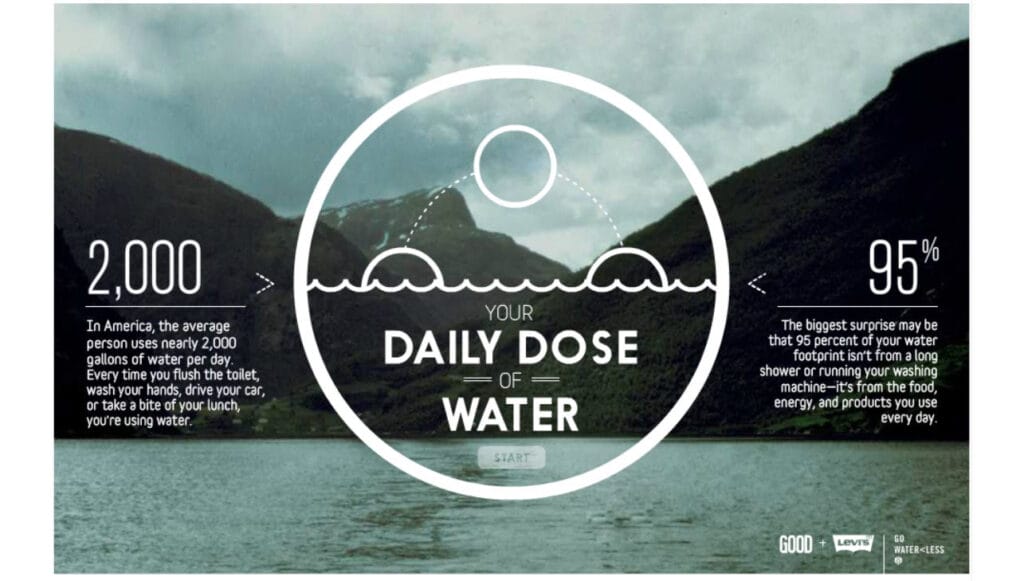
Expiration dates
Don’t let date labels on foods overrule common sense – you’re better at telling if it’s spoiled!
Take a listen
Let’s start out with our fourth podcast, where we’ll discuss why understanding expiration dates is an important tool for reducing food waste:
Take a look
Check out these videos and learn about food storage to reduce food waste!
View infographics

The Food-Energy-Water (FEW) Nexus
What is your role in the FEW nexus – how much water do you use? The answer depends almost entirely on your food choices!
Take action
The takeaway
“Expiration dates” can be confusing and lead to throwing away perfectly good food, but fortunately we have some advice for how to move past the confusion: Ignore them!
- Date labels are not an indicator of safety, and for the most part can be ignored
- The best indicators of whether food is safe to eat or not are your own senses of sight, touch, smell and taste
- Only infant formula has a federally required date label
- Arizona only requires a date label for eggs
- Most items retain their quality and safety well past the printed date label
- Canned foods are usually good 2-5 years, or 12-18 months for high acidity canned foods
If you still want to know the real meaning behind date labels, this table can help you understand what they are and why you shouldn’t rely on them to determine food safety.
Demystifying date labels
| Label | Meaning |
|---|---|
| Sell-by | Date for a grocery store to turn over their inventory for stocking new products, not an indication of safety |
| Best-by Best if Used By / Before Guaranteed fresh | Date for the best flavor and quality recommended by manufacturer, not an indication of safety |
| Use-by | Date for when a product will start losing quality and flavor, not an indication of safety |
| Packaged on Manufactured on Prepared on | Just like they sound, these dates are for when something was ready for sale so you know how long it’s been since that date |
Essentials
If you can’t rely on date labels to know whether food is safe or not, at least you can rely on your senses. Here are some ways to tell if your food is still good to eat, or has really “expired”:
Must-have tools:
- Sight: Check for signs of spoilage like mold and discoloration. Even then mold can be scraped off of certain types of food and discoloration can just be oxidation, which is safe
- Touch: Feel the texture of your food – if it’s significantly different than what you expect for that food normally, it’s probably going bad. Watch out for unexpected slimy feeling as a sign of microbial growth
- Smell: If it doesn’t smell right, it probably isn’t. Trust your nose on this one!
- Taste: If it passes the other sense tests, taste a little. Odds are that you’ll know right away when you taste the food if it has gone bad
Helpful resources
Some additional resources can be found at the following websites: